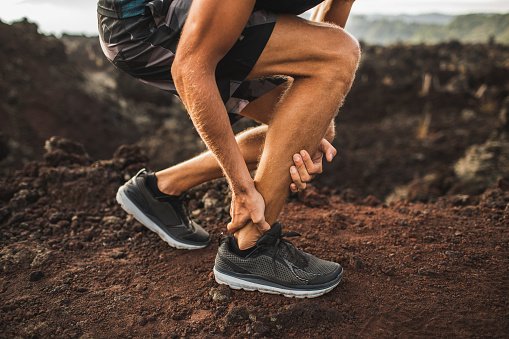
Tendinopathy
Do you have a tendinopathy?
Tendinopathies are a very common and frustrating condition. Previously called tendinitis (we’ve learned that the issue is not inflammation, and “itis” means inflammation) - common locations are achilles tendon (insertional and mid portion), tibialis posterior tendon, patella tendon, proximal hamstring tendon, gluteal tendons, and rotator cuff (commonly supraspinatus).
So, what is a tendinopathy?
When we do things, our body adapts. When we do hard things, it needs a little rest, and then adapts. If we do hard things consistently, without adequate rest between, our tissues try to adapt, but don’t do a very good job. This is how a tendinopathy happens.
The tendon has tried to adapt it’s structure to cope with an increase in activity, but without adequate recovery, the structural changes are not as they should be. Without getting too sciencey, this results in extra fluid in the tendon, which can cause pain.
However, we know that tendinopathic tendons (what a mouthful) are not weaker than the unaffected side. Remember, they often come about from you doing a lot! Sometimes they’re stronger, but it’s actually the pain that limits how much you can do. If you stop your activity, then you will get weaker, and you’ve gone from 1 problem to 2.
How to stop it hurting
One of the main factors that causes pain in tendinopathy is compression. Tendons like to be pulled length-ways, not compressed across their fibre direction. In all but the mid-portion achilles, compression is a major cause of pain for people with tendinopathy.
Stretching can actually compress your tendon, so for many tendinopathies, we advise against stretching!
Another major factor is speed of movement. Tendons play a large role in transmitting power when you move quickly. This means you could slowly pick up a washing basket, but if you quickly reach for that tissue you dropped, it’s agony!
Ok, so you have a tendinopathy.
Here’s what you need to do:
identify which movements cause compression of the tendon, and find ways to modify your movement so you don’t have to stop things.
continue to use your tendon and even build it’s strength. This will be most successful if you start with non-compressive positions.
start with slow movements, gradually progress the speed of the movement.



